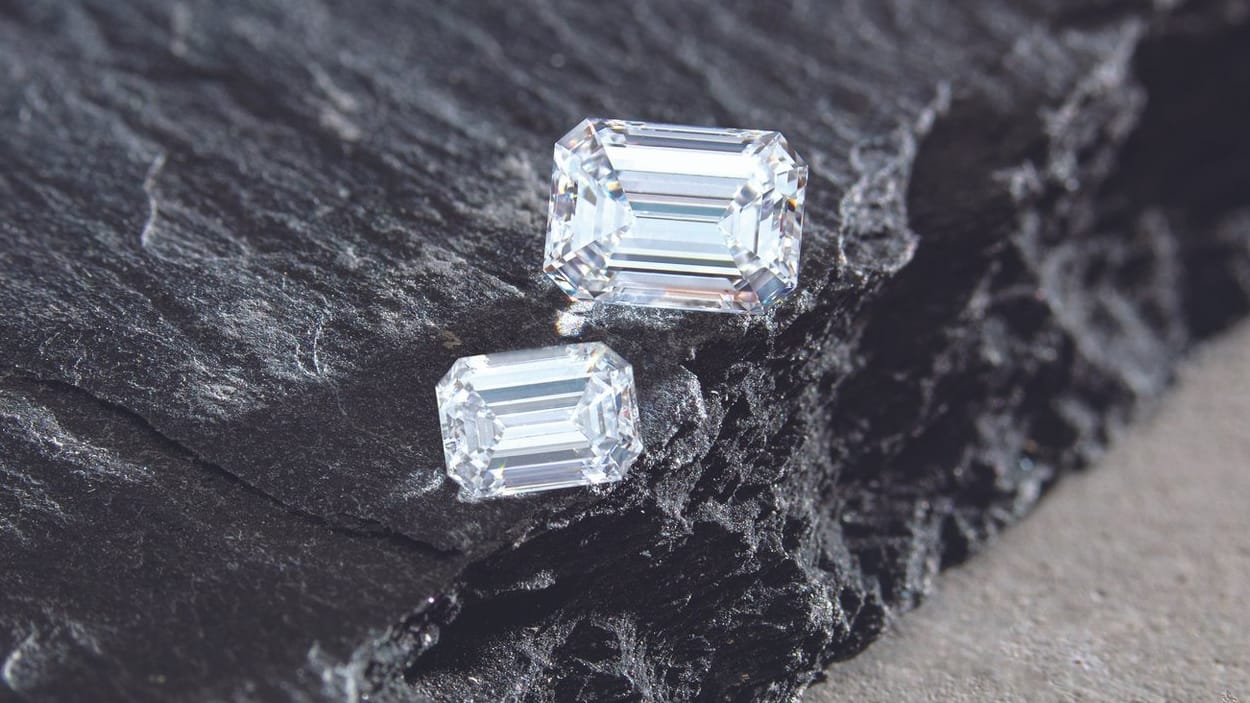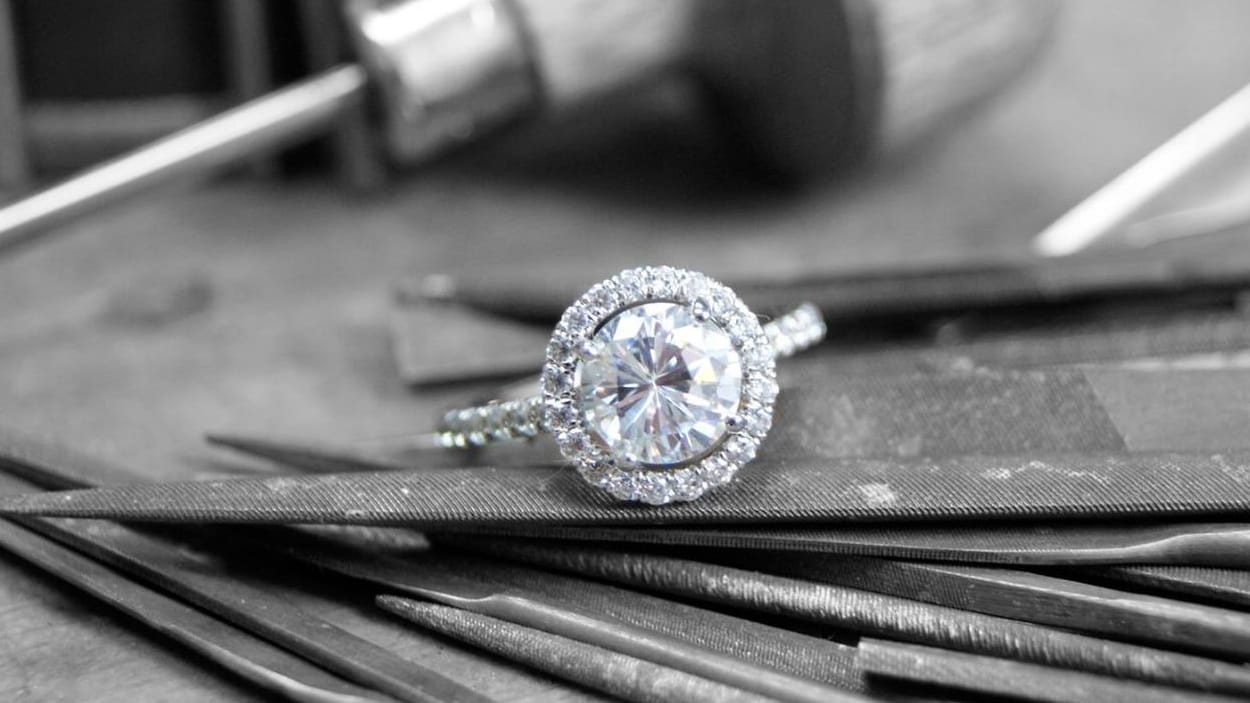

DIAMOND EDUCATION: The 4C's


DIAMOND EDUCATION
CUT
A diamond is cut to maximize its brilliance, and a cut is graded based on how the diamond’s facets interact with light. A diamond’s cut will range from Excellent to Poor based on its brightness (the amount of light it reflects internally and externally), fire (the rainbow-colored flashes of light that are reflected back when exposed to light), and scintillation (the amount of sparkle), as well as weight ratio, polish, and symmetry.
Color
A diamond’s color is graded to determine its relative absence of color. The “whiteness” of diamonds is graded using a color scale which ranges from D (colorless) to Z (light yellow or brown). For “colorless” and some “near colorless” grades of diamonds, these color distinctions are so slight that they are often undiscernable by the untrained eye.
Carat
A diamond’s carat weight is the standard unit of weight used to measure diamonds and other gemstones. Carat weight is measured with a highly precise electronic scale, rounded to the nearest hundredth of a carat. When choosing a diamond, it is useful to remember that a stone’s carat weight is a separate measurement from its diameter. For example: a 0.49 ct. diamond may appear larger when viewed from a top-down angle in a ring’s setting compared to a 0.50 ct. diamond, if the lighter-weight stone has a larger table diameter measurement. (The chart below shows average table diameter measurements associated with carat weights.)
Clarity
A diamond’s clarity is based on the number, size, and visibility of the tiny internal inclusions and external blemishes that occur in almost all natural diamonds. Many of these unique characteristics can only be seen under a microscope, and they do not affect a diamond’s beauty in any visibly discernible way.
A diamond is assigned a clarity grade by a trained grader who will evaluate the stone under 10x magnification; this grade will range from F (flawless) to I (included).

